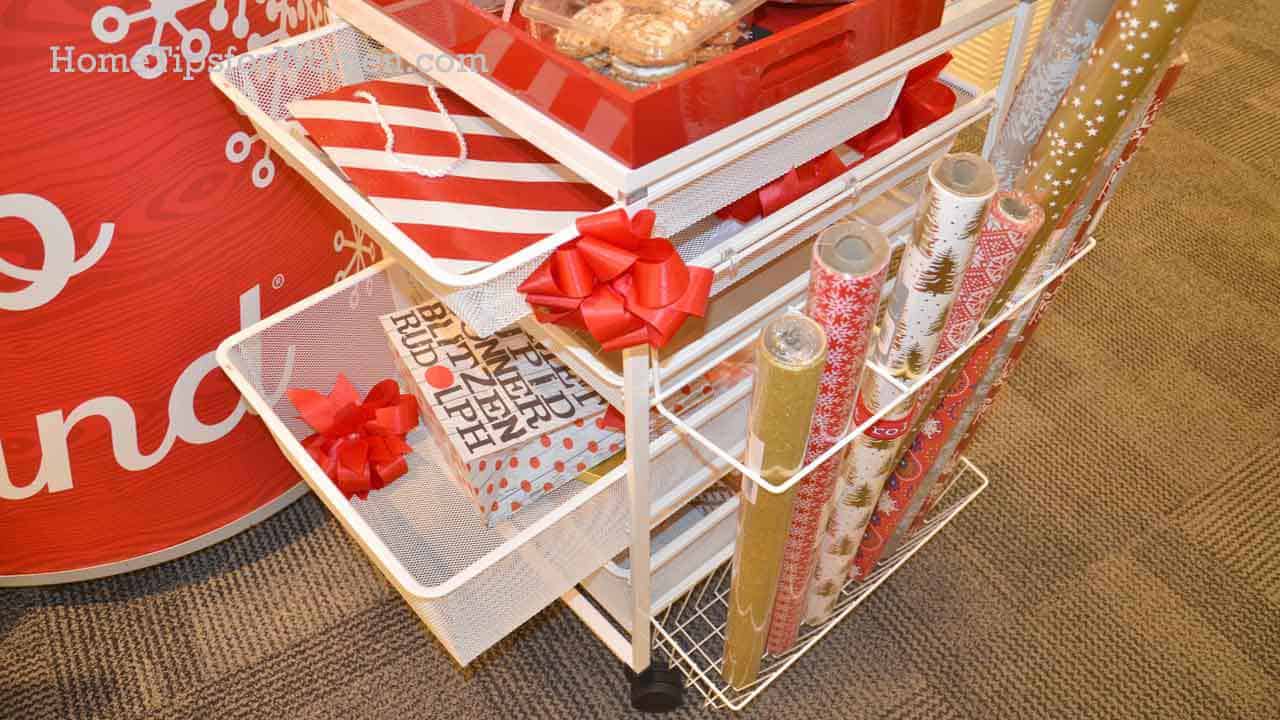Gift givng is a major part of the western world's year end holidays. From Christmas presents to hostess gifts, we use more wrapping paper during this period than the rest of the year. According to the Wall Street Journal, gift wrapping sales in the U.S. totaled $9.36 billion in 2010, which is huge and more than the combined GDP of Africa’s 9 poorest countries.
 You might think it's just paper, and if it makes people happy then it's perfectly fine to use. But here are some sobering facts about wrapping paper:
You might think it's just paper, and if it makes people happy then it's perfectly fine to use. But here are some sobering facts about wrapping paper:
- Wrapping paper is designed to be used once and yes, you might be able to reuse one but that's all.
- Recyling wrapping paper is difficult becuase of the materials it's made from. The paper is often dyed, laminated, contains additives like gold, silver or plastic and we do use a lot of sticky tape when wrapping our gifts.
- More than 4 million pounds of wrapping paper ends up in landfills.
- According to WragWrap.com, it takes 6 mature trees to make a ton (2,000 pounds) of paper. This means approximately 50,000 trees are used to make wrapping paper at Christmas (estimated Christmas use = 75% of total).
Have you ever thought about the number of gifts you give each year, and how much wrapping paper you use to wrap these gifts. It's a huge number according to WragWrap's Wrapping Paper Facts. The average American gives 42 gifts per year. They estimated that if each of us used re-usable gift wrap for only 3 of these gifts, it would save enough paper to cover 45,000 football fields so …
Furoshikis the Perfect Reusable Gift Wrapping
If you think you need more storage space in your home, you probably can't imagine squeezing everything into a much smaller Japanese home that averages just over 1,000 square feet. It's not unusual for a family of four to live in three or four rooms, with the parents and children sharing one bedroom. That's why our seven room apartment with 1,400 square feet was called a mansion.
When living in Tokyo, the very first gift I received was a kimono wrapped in a furoshiki. Matsuko patiently explained their gift wrapping tradition using furoshikis. When you receive a gift wrapped in a furoshiki, you save it to reuse when wrapping a gift for someone else. It's a lovely tradition I adopted and still use. The only challenge is that it's sometimes hard to part with a favorite furoshiki.
Most of the furoshikis you can buy online have Japanese themes but that's not a requirement. Writing this article started with a Facebook post by Julie King, owner of Samarra Faux Painting in Newburyport, on how she wrapped some of her gifts in old evening gowns. How creative is that, to pass on the beauty of things you love while helping save the environment!
So here are just a few of the wonderful furoshikis found on Amazon, with the hope that I've inspired you to try some alternative gift wrapping ideas.
Furoshiki Wrapping Cloth with Maple Leaves in Autumn Motif  Traditional Japanese Wrapping Furoshiki with Koi Pond Motif
Traditional Japanese Wrapping Furoshiki with Koi Pond Motif Traditional Japanese Cloth with Mt.Fuji and Stream
Traditional Japanese Cloth with Mt.Fuji and Stream
Reversible CottonWrapping Cloth with Sakura x Flax Design Cat Lovers will Love this Japanese Wrapping Cloth
Cat Lovers will Love this Japanese Wrapping Cloth  Enjoy the Traveling Cat & Milky Way on this Japanese Wrapping Cloth
Enjoy the Traveling Cat & Milky Way on this Japanese Wrapping Cloth
Ready to try using furoshikis for some gift wrapping? Here are a few examples to help you get started, and just below there's a video showing you how to wrap books, bottles and more using … a reusable furoshiki.
What's your favorite gift wrapping tip?
Credit for evening gown furoshiki: Julie King, Samarra Painting.
Oops, just realized I picked some new furoshiki prints that feel more like spring and you might be searching for them … so here they are:
Traveling Cat Japanese Iris










![FUROSHIKI- Wrapping Cloth / Reversible [Cotton] (Sakura x Flax ornament: Blue/Red)](https://images-na.ssl-images-amazon.com/images/I/61U54IAbYAL.jpg)










What a unique idea! Love it! And it’s almost like you get an extra present because you get a beautiful wrapping you can re-use!
Larisa, You absolutely understand, as I often found I loved the cloth (they’re like scarves, just heavier cloth) more than the gift.
Oops, sometimes I do so much research for these articles that I don’t get a chance to include everything I’ve found. Here’s a great infographic from the Japanese government (really) showing all the ways to wrap things with furoshikis … http://www.env.go.jp/en/focus/attach/060403-5.html